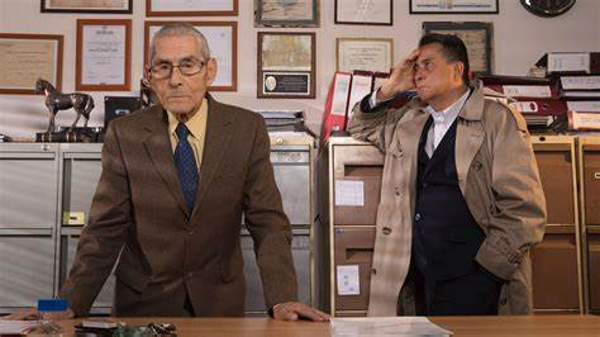3 The Mole Agent

A mole may be recruited early in life, and take decades to get a job in government service and reach a position of access to secret information before becoming active as a spy. Perhaps the most famous examples of moles were the Cambridge Five, five upper-class British men recruited by the KGB as communist students at Cambridge University in the 1930s who later rose to high levels in various parts of the British government.[3] By contrast, most espionage agents, such as CIA counterintelligence officer Aldrich Ames and FBI agent Robert Hanssen, who spied on the US government for the KGB, were either recruited or offered their services as spies after they were in place as members of the target organization. Because their recruitment occurred in the remote past, moles are difficult for a nation's security services to detect. The possibility that a top politician, corporate executive, government minister, or officer in an intelligence service could be a mole working for a foreign government is the worst nightmare of counterintelligence services.[citation needed] For example, James Angleton, director of counterintelligence for the CIA between 1954 and 1975, was reportedly obsessed with suspicions that the top levels of Western governments were riddled with long-term communist agents[1] and accused numerous politicians such as former U.S. Secretary of State Henry Kissinger, former Canadian Prime Ministers Lester Pearson and Pierre Trudeau, former British Prime Minister Harold Wilson and many members of Congress before he was removed in 1975. Fears of such moles in prominent positions in American life led to overreactions such as McCarthyism.[citation needed] Moles have been featured in numerous espionage films, television shows, and novels.